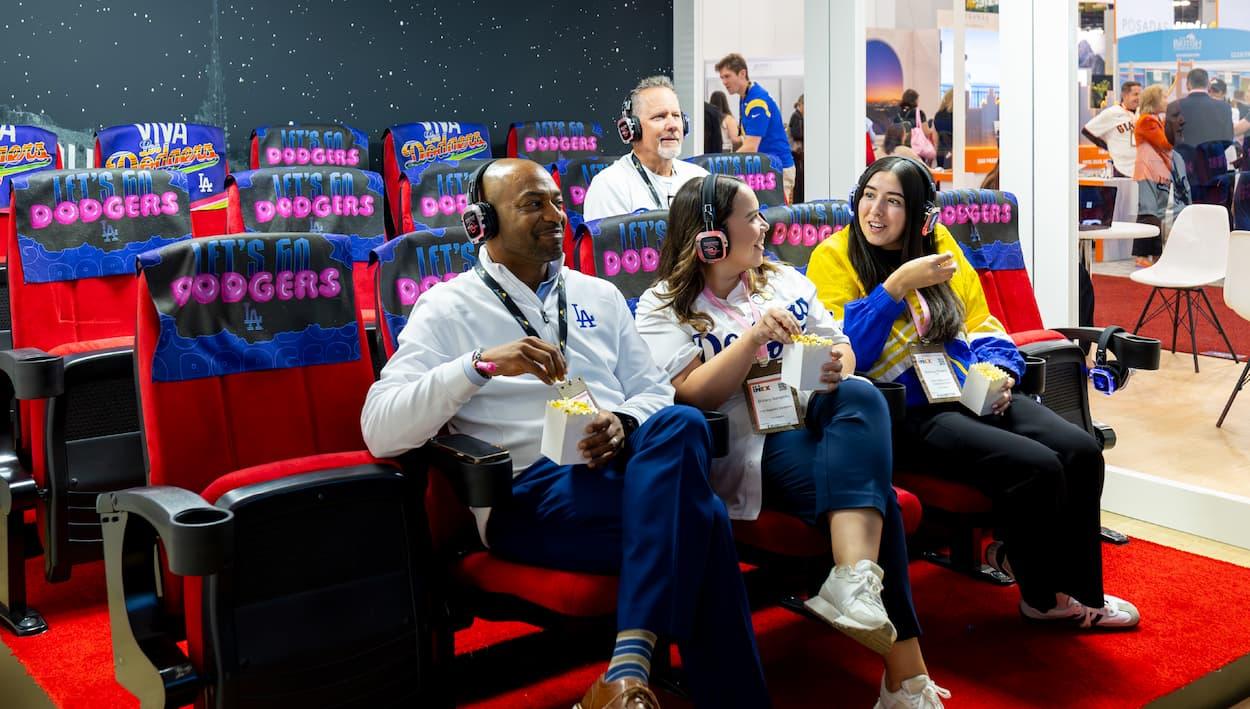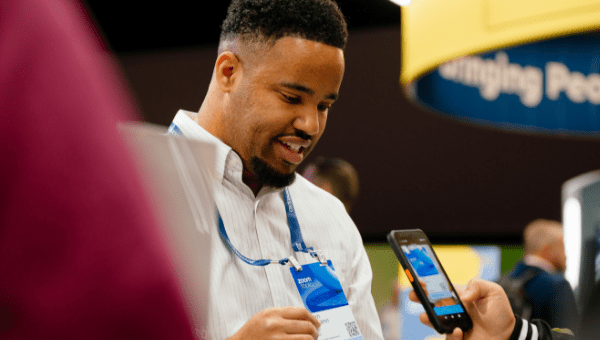4 Key Takeaways From Inside Live at ATD25
Insights and strategic recs for event pros.
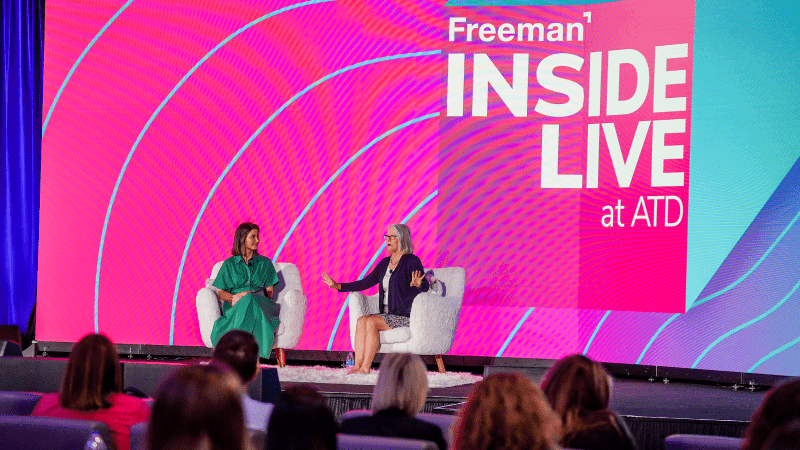
In May, event planning professionals were invited to take part in our second-annual proprietary learning event, Inside Live at ATD25.
This Inside Live immersive learning concept gave attendees the opportunity to experience a purposefully designed event, while learning the how-tos and benefits of framing their own event design and planning processes around the attendee journey.
For the event, we partnered with the Association of Talent Development (ATD) during its annual conference in Washington, D.C. to give our attendees exclusive, behind-the-scenes experiences that included:
- Custom created content
- Hands-on learning
- Purposeful play
- Gen Z sessions (exclusive to up-and-coming event professionals)
- Inside Live at AIA24 case study results
Map your next event with these four takeaways and strategic recommendations
1. Event planners are strategic facilitators
Attendees learned that successful, modern events are designed with clear, strategic objectives that prioritize the attendee experience.
Event pros are strategic change-makers and important advocates for the attendee experience — bridging the gap between overarching strategy and tangible event interactions.
This means moving beyond simply “checking boxes” to truly shaping outcomes.
Strategic recommendation:
Create safe spaces for experimenting with new engagement strategies and immersive experiences, viewing “intelligent failures” as valuable learning opportunities. Take on a, “Yes, and … “ and “What if …” mindset.
Did a really cool activation idea come in with too high of a cost estimate? Use your, “Yes, and … ” approach to help pivot to a lower cost but still cool idea! Get more show floor design tips.

2. Leadership is action, not position
As part of having access to Freeman leaders and mentors, attendees learned how leadership impacts designing the attendee journey.
The overarching message? Anyone can and should exhibit leadership by advocating for attendees, questioning the status quo, and proposing new ideas and solutions to reach your audiences.
It’s good to see yourself as a leader!
Carrie Freman Parsons, Freeman’s Chair of the Board, emphasized that to be successful at change management, it’s crucial for leaders to clearly communicate the “why” behind strategies, enable open conversations, and foster a culture of trust.
“Leadership isn’t just about having a title. It’s about being clear on what really matters and moving toward it,” added Kimberly Hardcastle Geddes, Chief Strategist, Freeman.
Strategic recommendation: Ensure that strategic directives are clearly communicated with the “why,” and that teams are empowered with the necessary resources and autonomy to achieve goals.
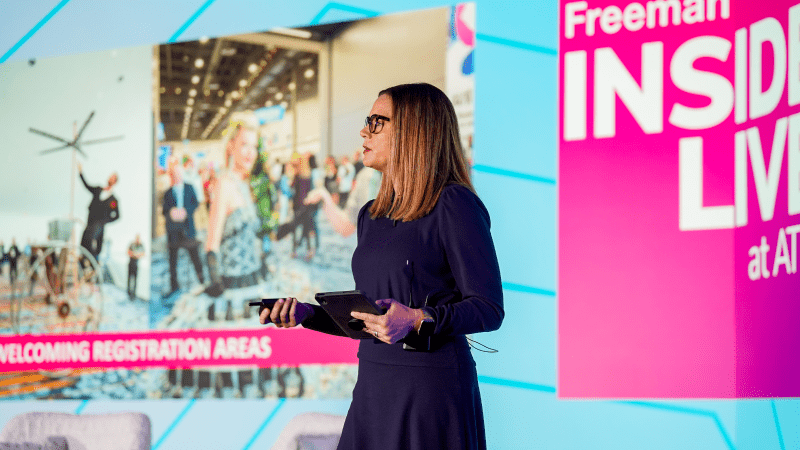
3. Purposeful, outcome-driven experiences are a must
Being strategic involves a shift from building your event around logistics to creating an event that’s focused on the attendee.
This means understanding your attendees’ needs, motivations, and desired outcomes at every point they interact with your event — from pre-event emails through show floor experiences to post-event communications and content.
Strategic recommendation:
Make attendee journey mapping a core practice in your event planning process, guiding all design and logistical decisions.
Touchpoints we pinned on our attendee journey map for Inside Live at ATD25
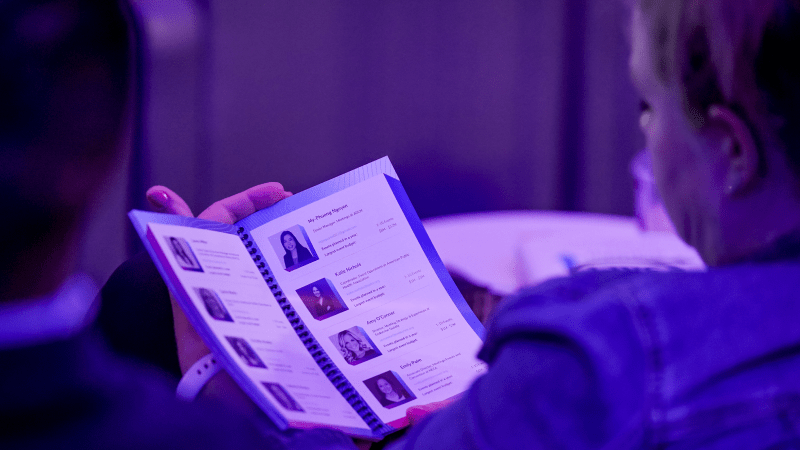
Pre-event emails
These comms provided attendees with hotel and arrival information, a sneak peek into the schedule, reception themes, and additional event insights.
Look book
Each person received a book that included the schedule, attendee and mentor contact information, and access to an AI summary of each session via our Key Takeaways app.
Roundtable relays
Attendees were treated to a ball tossing game that led to tossing around creative ideas and solutions based on their event planner experiences.
Designing an attendee journey map
Groups of attendees collaborated to map their favorite “BIG” event (think SXSW, ComiCon) on giant, colorful attendee journey map templates.
Networking badges
At the receptions, attendees wore pre-printed badges with their hobbies and interests (provided during registration). This took away the awkward “cold approach” when starting conversations.
Post-event communications
Surveys, emails, and bonus content provided extra support and insights to attendees and offered a way for all of us to stay connected.
4. Data is essential to refining event design
Event pros at Inside Live at ATD25 experienced a purposefully designed event that was based on industry research and key insights.
To illustrate how data impacts the attendee journey, attendees were also taken through a real-life case study from the American Institute of Architects (AIA) 2024. It showcased how behavior mapping technology was used to collect data in the form of attendee sentiment — and how those insights helped build AIA25 with more informed decisions.
Robin Preston, Managing Director, Events, AIA shared, “We learned that we don’t really need to do anything to drive people to the show floor early in the day.” As a result, AIA allocated more budget to afternoon activations.
Strategic recommendation:
Collect, analyze, and turn attendee feedback and behavioral data into actionable insights. Incorporate visuals to report how these insights will shape future events.
Heading in the right direction
Through unique and engaging experiences, Inside Live at ATD25 guided event professionals down an insightful path that emphasized the importance of breaking through legacy thinking and shifting to attendee-centric event design.
VP, Events & Brand Experience at Freeman Judy Payne said, “Our goal was to have attendees experience the information they were learning in real-time through our partnership with ATD and through immersive, experiential elements. Attendees were able to take the creative ideas and solutions with them and start their own path to mapping better event journeys.”
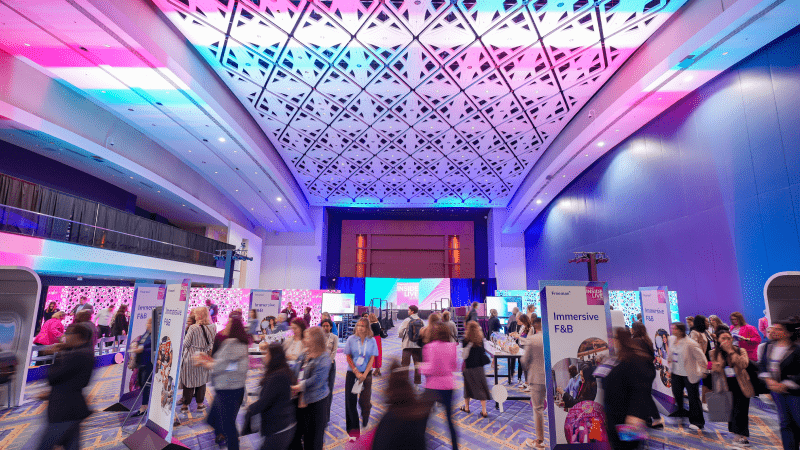
Ready to elevate your event’s attendee journey?
